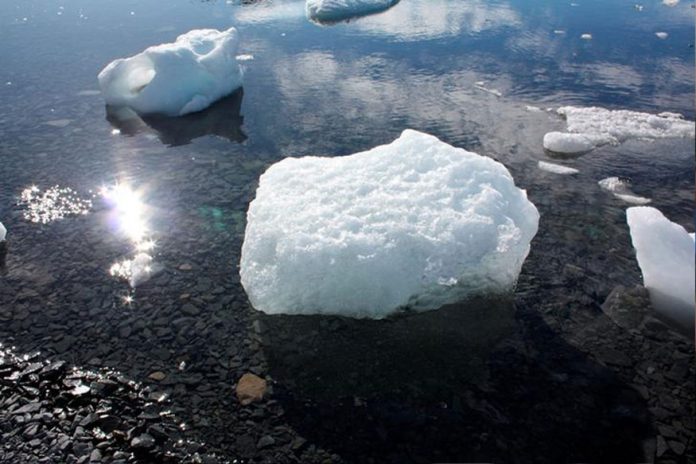Researchers have plumbed the deepest depths ever discovered on land, and it lies beneath an Antarctic glacier.
As part of the BedMachine Antarctica project, a team led by the University of California, Irvine, US, constructed a detailed map using ice thickness data from 19 research institutes, encompassing nearly a million line-miles of radar soundings, dating back to 1967.
They also accessed ice shelf bathymetry measurements from NASA’s Operation IceBridge campaigns, and ice flow velocity and seismic information, where available.
The result, according to UCI’s Mathieu Morlighem, is “lots of surprises around the continent, especially in regions that had not been previously mapped in great detail with radar”.
“Ultimately, BedMachine Antarctica presents a mixed picture,” he says. “Ice streams in some areas are relatively well protected by their underlying ground features, while others on retrograde beds are shown to be more at risk from potential marine ice sheet instability.”
Among the most striking discoveries, the researchers say, are stabilising ridges that protect the ice flowing across the Transantarctic Mountains and a bed geometry that increases the risk of rapid ice melting in the Thwaites and Pine Island glaciers sector of West Antarctica.
There is also a bed under the Recovery and Support Force glaciers that is hundreds of metres deeper than previously thought, making those ice sheets more susceptible to retreat, and the world’s deepest land canyon below Denman Glacier in East Antarctica.
“Using BedMachine to zoom into particular sectors of Antarctica, you find essential details such as bumps and hollows beneath the ice that may accelerate, slow down or even stop the retreat of glaciers,” Morlighem says.
Previous Antarctica mapping methods relying on radar soundings have been generally effective, but with some limitations, the researchers say.
They were able to get a more accurate, high-resolution paper by basing their results on ice surface velocity in addition to ice thickness data from radar soundings
This methodology has been successfully employed in Greenland in recent years, they add, transforming understanding of ice dynamics, ocean circulation and the mechanisms of glacier retreat.
Applying the same technique to Antarctica was challenging, however, because of the continent’s size and remoteness.















